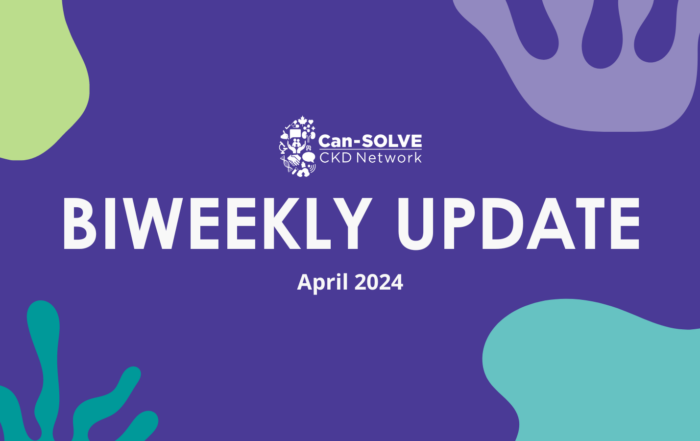
August 8, 2022
The Wabishki Bizhiko Skaanj (wah-bish-kih biish-ih-goo skaa-nch) Learning Pathway is a resource that supports Indigenous cultural competency. The Learning Pathway is a tool that aims to enhance researchers’ knowledge and awareness of racial biases, Indigenous voices and stories, the impact of colonization on Indigenous health, and culturally safe health research practices.
The learning pathway comprises existing resources such as San’yas, OCAPTM, Tri-Council Policy Statement Chapter 9, and the KAIROS Blanket Exercise. In addition to original components developed by the Can-SOLVE CKD Network including Land Acknowledgment Learning Series, Indigenous Research Ethics and Protocols webinar series, Knowledge Keepers in Research virtual guidebook and Cultural Competency Knowledge Bundle.
The name and identity for Wabishki Bizhiko Skaanj were given by Anishinaabe Knowledge Keeper Dan Thomas at a pipe ceremony in March 2018 and formally revealed at the Can-SOLVE CKD Annual Meeting that same year. IPERC co-chair and Wabishki Bizhiko Skaanj founder Helen Robinson-Settee presented the learning pathway to Patient Council members and shared the story of how the pathway’s name came to Knowledge Keeper Dan. The name means “White Horse” in Anishinaabe. Along with the name, Knowledge Keeper Dan gave four colours for the learning pathway: white, blue, red, and yellow.
Each year the name is honoured and feasted in the same territory (Treaty 1) the name was given. Helen shares her first-person account of the ceremony at the Gull Lake Sundance, held from July 7-10 in Manitoba for the first time in two years due to COVID restrictions.
Annual ceremony honours name and teaching given to Wabishki Bizhiko Skaanj White Horse
By Helen Robinson-Settee
When we were gifted with the name Wabishki Bizhiko Skaanj by Elder Dan Thomas in March 2018, he also gave a teaching to honour the name and spirit of the White Horse by offering cloth, ribbons and a gift to the horse annually. We have honoured the name annually at the Sundance Ceremony which is The Ceremony of Life. People go to the Sundance to ask for the Good Life. The teaching of the Sundance is very beautiful and would have to be shared in various teachings because there are many teachings. However, for this sharing, I am going to be sharing the teaching about the cloth and ribbon offering to the horse and what occurs after the cloth and ribbons offerings. We offer the cloth and ribbons because the horse is a healer and represents healing. Each type of horse is also a different teaching. Blankets are also offered to the horse, but we have not gifted a blanket to the horse yet from the Network.

Helen Robinson Settee (left) and Arlene Desjarlais (right)
The colors are all teachings in themselves and how we participate in ceremony. Here is a teaching I received from Elder Mary Wilson. The colors of the cloth for Wabishki Bizhiko Skaanj are red which represents the Red Road, the blood of the people and following the pathway to the Sun. It also means that walking with the people, there are those walking with the people who are chosen and responsible to walk in healing way and healing modalities for all people, all the time, every day of the year. The white cloth represents the Moon, the yellow cloth represents the Sun and the blue cloth represents the water. The pink ribbon represents kidney disease and the healing we are asking for. So each year at Sundance, the cloth and ribbon are given to the horse to honor the name and spirit of Wabishki Bizhiko Skaanj. The prayers in the cloth and ribbon are for all those in the network especially those living with chronic kidney disease and diabetes, those facing kidney transplantation both recipient and donors, and the caregivers who so diligently love and care for their loved ones.
What happens to the cloth and ribbons? After the Horse Ceremony at Sundance, the horse keepers take the cloth and ribbon and they put it on the back of the horse, and they take the horse to an open field. And then the horse runs through the field allowing the cloth and ribbon to fly and eventually land on the ground. When the cloth and ribbon flies, it gives us this teaching until the next ceremony for the healing and well being of those from the network who offered the cloth and ribbon.
“It’s humbling to stand in front of the horse and ask for prayers of healing for everyone in the network.”
Helen Robinson-Settee
More Network Updates
Connect with us!
Subscribe to learn more about what we do, why it matters, and how you can get involved!






